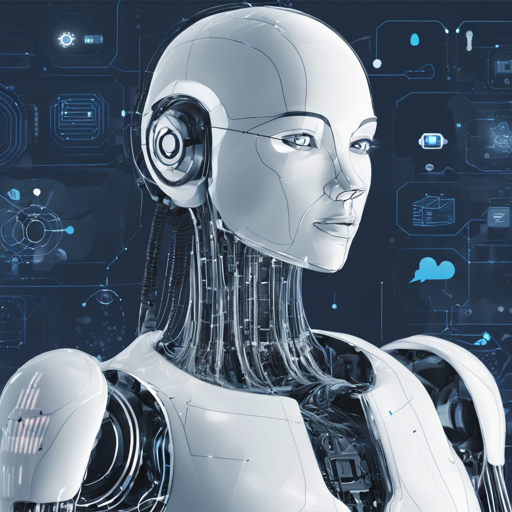Welcome to the fascinating world of Deep QA! This guide will lead you through the process of installing, running, and enjoying your very own chatbot powered by Deep QA technology. Whether you are a beginner or a professional developer, this user-friendly guide makes it easy to navigate through the intricacies of building a chatbot using a Recurrent Neural Network (RNN) and TensorFlow.
Table of Contents
Presentation
This project aims to replicate the results of A Neural Conversational Model (also known as the Google chatbot). Essentially, it involves using an RNN (seq2seq model) to predict responses based on sentences you input. If you think of it like teaching a language learner: with enough practice, they start to understand and respond appropriately.
DeepQA supports various dialog datasets including:
- Cornell Movie Dialogs (default)
- OpenSubtitles
- Supreme Court Conversation Data
- Ubuntu Dialogue Corpus
- Your own data in a custom format
Installation
Before you can dive into developing with Deep QA, you’ll need to install a few essential dependencies. Follow the steps below:
pip3 install -r requirements.txtThe required dependencies include:
- Python 3.5
- TensorFlow (tested with v1.0)
- NumPy
- CUDA (if you’re utilizing a GPU)
- nltk (for sentence tokenization)
- tqdm (for visual progress bars)
Additionally, download NLTK data:
python3 -m nltk.downloader punktFor web interface functionalities, make sure to install:
- Django (tested with v1.10)
- Channels
- Redis
- asgi_redis (at least version 1.0)
Running
Chatbot
To train your model, simply run the following command:
python main.pyOnce trained, you can test the results with:
python main.py --testFor an interactive chat experience:
python main.py --test interactiveWeb Interface
To interact with your chatbot through a more user-friendly interface, first set up a secret key and migrate your database:
export CHATBOT_SECRET_KEY=my-secret-key
cd chatbot_website
python manage.py makemigrations
python manage.py migrateLaunch the Redis server and then start your web interface:
cd chatbot_website
redis-server # Launch Redis in background
python manage.py runserverYour chatbot web interface should now be accessible at http://localhost:8000.
Results
After just a couple of hours of training on a typical GPU, your chatbot may start offering somewhat meaningful responses like:
- Q: Hi → A: Hi.
- Q: What is your name? → A: Laura.
However, be mindful that the model’s limitations will often lead to evasive answers, as shown in some training scenarios.
Pretrained Model
At present, the link for accessing pre-trained models is inactive. However, training your model with your specific corpus data is invaluable for improving your results. Remember, the more data you provide, the better the training outcome will be!
Improvements
As you grow more familiar with Deep QA, consider the following for improving your AI’s output:
- Add a sampling mechanism for varied responses.
- Incorporate attention mechanisms for improved prediction on longer sentences.
- Increase your dataset size for better learning outcomes!
Troubleshooting
If you encounter any issues during the installation or running your chatbot, consider the following solutions:
- Double-check your Python version and ensure that all dependencies are installed correctly.
- If using GPU, confirm that the CUDA version is compatible with your TensorFlow installation.
- Ensure that Redis is running before attempting to start the server.
For more insights, updates, or to collaborate on AI development projects, stay connected with fxis.ai.
Final Thoughts
At fxis.ai, we believe that such advancements are crucial for the future of AI, as they enable more comprehensive and effective solutions. Our team is continually exploring new methodologies to push the envelope in artificial intelligence, ensuring that our clients benefit from the latest technological innovations.

